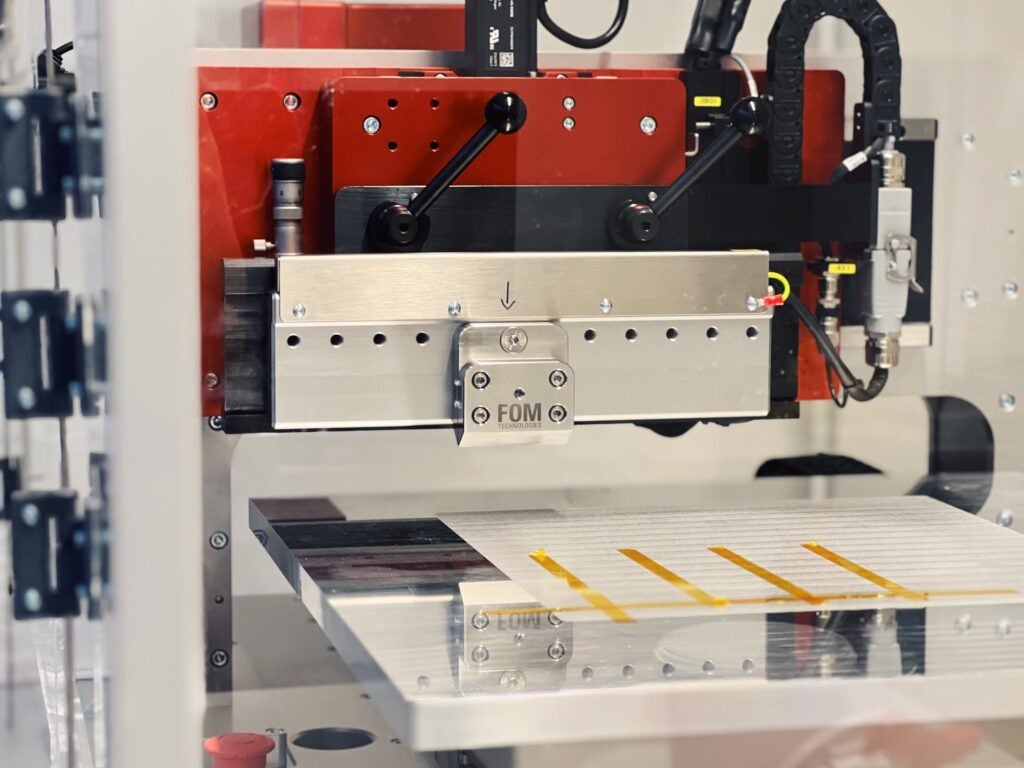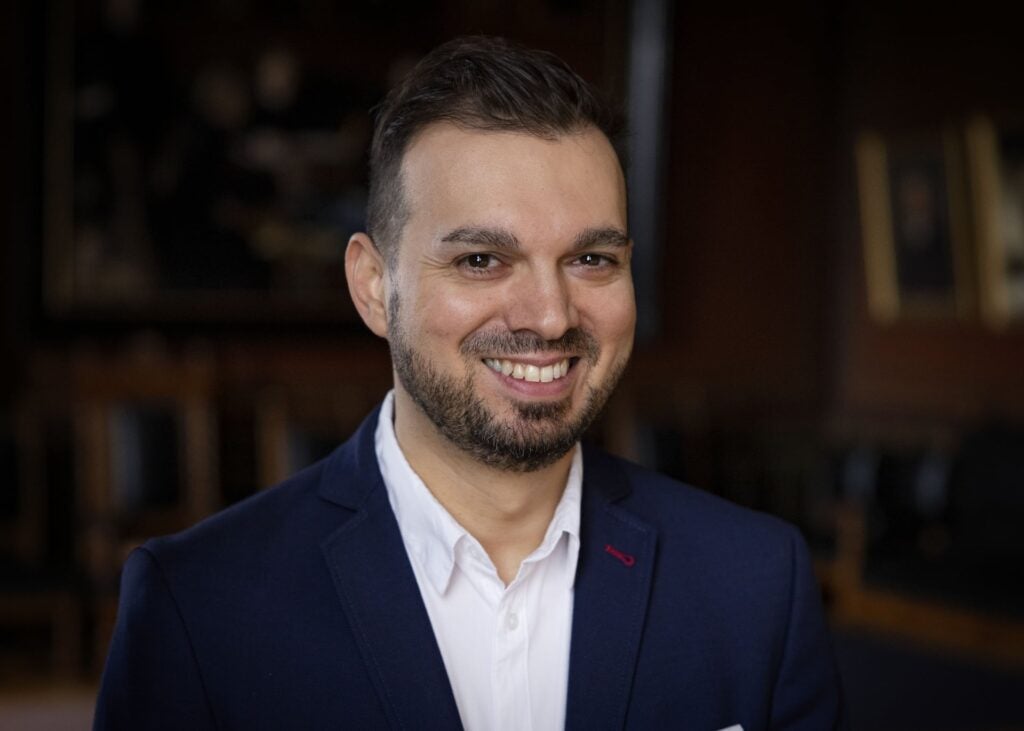Peafowl Plasmonics, offering groundbreaking sustainable energy solutions with their completely transparent solar cells, was recently named one of Sweden’s best startups for a second time by the technology magazine Ny Teknik. We talked to Jacinto Sá, Professor in Physical Chemistry at Uppsala University and Chief Science & Innovation Officer, as well as Co-Founder of Peafowl Plasmonics, on their solar cell technology and the future of climate innovation and renewable energy.
What makes Peafowl Plasmonics’ solar energy technology unique?
The Peafowl cell is an ultra-transparent, light-harvesting cell and the first direct plasmonic solar cell. Our proprietary technology can absorb up to ten times more light than any other known material, using plasmonic nanoparticles as the active photovoltaic material. The downside is that the window to extract an electrical charge is small, so a few years ago, we began looking into strategies to extract the charge as quickly and efficiently as possible. We sent our results out for review, and the researcher thought we had forgotten to send him the material because it looked like a piece of glass.
The product’s transparency mesmerized people, so we started looking for devices and applications that might benefit from this level of transparency. This aspect is unique, but it also means that the material cannot produce a lot of power. Instead, our technology can be used for power generation, to help power anything you want to see through but not impact the aesthetics of, such as an e-paper.

What are the key sustainable benefits of using your technology? Where do you envision yourselves making the most impact?
Our solar cell technology can be applied to anything with an e-paper display. For example, a sign, smartwatch, or Kindle, in order to provide a constant recharge, increase functionality, and prolong the usage of the devices while avoiding the annoyance of having to charge too often.
Our proprietary technology can absorb up to ten times more light than any other known material, using plasmonic nanoparticles as the active photovoltaic material.
Another example is the Internet of Things. The current belief is that, at some point, we will have one trillion devices connected to the Internet of Things with sensors that monitor and control everything in society. At present, a coin battery generally powers these devices, and anything you multiply by one trillion is an enormous amount! But if you want good data, you have to measure often, which drains the battery fast, meaning that you have to replace it. The estimation is that 273 million batteries would need to be replaced daily. The Peafowl technology could reduce the number of single-use batteries tremendously. Our technology can also be utilized for indoor sensors that help measure and optimize the energy consumption of buildings, which can result in up to 50% energy savings.

Can you share some thoughts on the future of climate innovation and renewable energy?
Energy is power, and whoever controls the energy we use holds the power. We cannot keep looking for a silver bullet to solve all our problems. In fact, oil was a silver bullet, so efficient that no other types of energy could compete, and look where we are today, struggling with our dependency on the oil industry. Going forward, we need multiple parallel solutions for our increasing need for energy so that one energy source does not control or dominate the energy supply.
We can also make a big impact in managing and optimizing the energy we already have, which is a more direct and instant solution. We all need to take more responsibility for solving the climate crisis and reducing our energy consumption. We’ve solved major crises before, and we can do it again. There’s still time, and we’ve come far in just the past ten years with technological innovations, but at some point, technology won’t be able to solve our problems. However, I believe you can rally more people to make a change by giving them hope instead of despair when talking about our responsibilities and possible solutions. Martin Luther King didn’t inspire a social revolution by saying I have a nightmare; he said, I have a dream.
Is there anything new on the horizon you’d like to share?
We do not envision ourselves mass-producing solar power. Instead, we’re developing a recipe for companies to produce the Peafowl cell since we expect most companies implementing this technology to be large and would have problems relying on a small startup. We’re currently building a demo factory to demonstrate how to produce the Peafowl Plasmonics solar cells.





